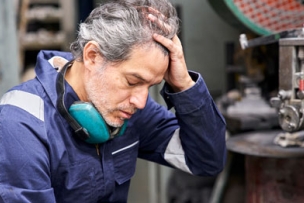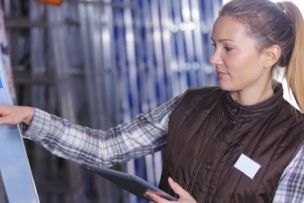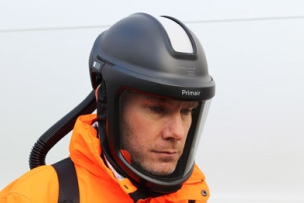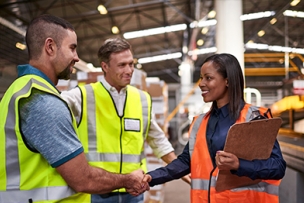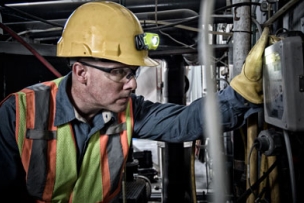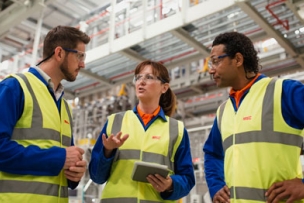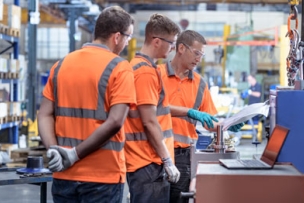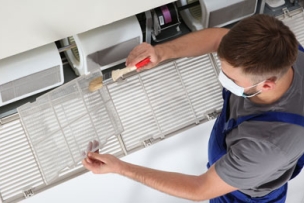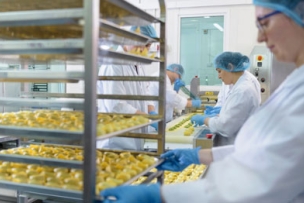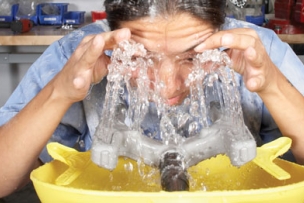Providing a safe, supportive working environment means caring for the mental health of employees as well as the physical. Here are five ways that manufacturers can improve mental health in the workplace.
Many businesses have begun using QR codes, and manufacturers are no exception. Learn how companies are using the digital images to increase consistency, reduce hazards and keep employees safe.
Honeywell’s Primair 900 all-in-one headgear and Impact In-Ear Pro hearing protector were both winners in Occupational Health & Safety magazine’s 14th annual New Product of the Year contest.
Find out what tactics the most effective safety managers use to prevent workplace injuries and accidents.
Industrial fires threaten employee life, destroy company property, and often lead to large fines from OSHA. Intrinsically safe Pelican flashlights help prevent that.
In industry roles, personal protective equipment is a necessity to ensure safety. Now, employers can customize it for a streamlined, professional look that also makes workers more identifiable and increases the likelihood that they’ll wear required gear. Here’s everything to know about choosing the right custom PPE.
The U.S. Occupational Safety and Health Administration is considering a rule requiring higher-risk businesses to report more details on workplace injuries.
Our guide to key points that building owners should consider when buying air purifiers. They include the volume of air that a unit can process and the size of the room where it will be used.
Glove-maker Ansell is emphasizing safer alternatives to vinyl PPE as health advocates and some regulators fight the material’s use in food processing.
Properly installed and maintained eyewash stations, required by the U.S. Occupational Safety and Health Administration, can mean the difference between full recovery and vision loss or even blindness for workers exposed to hazardous materials on the job.

